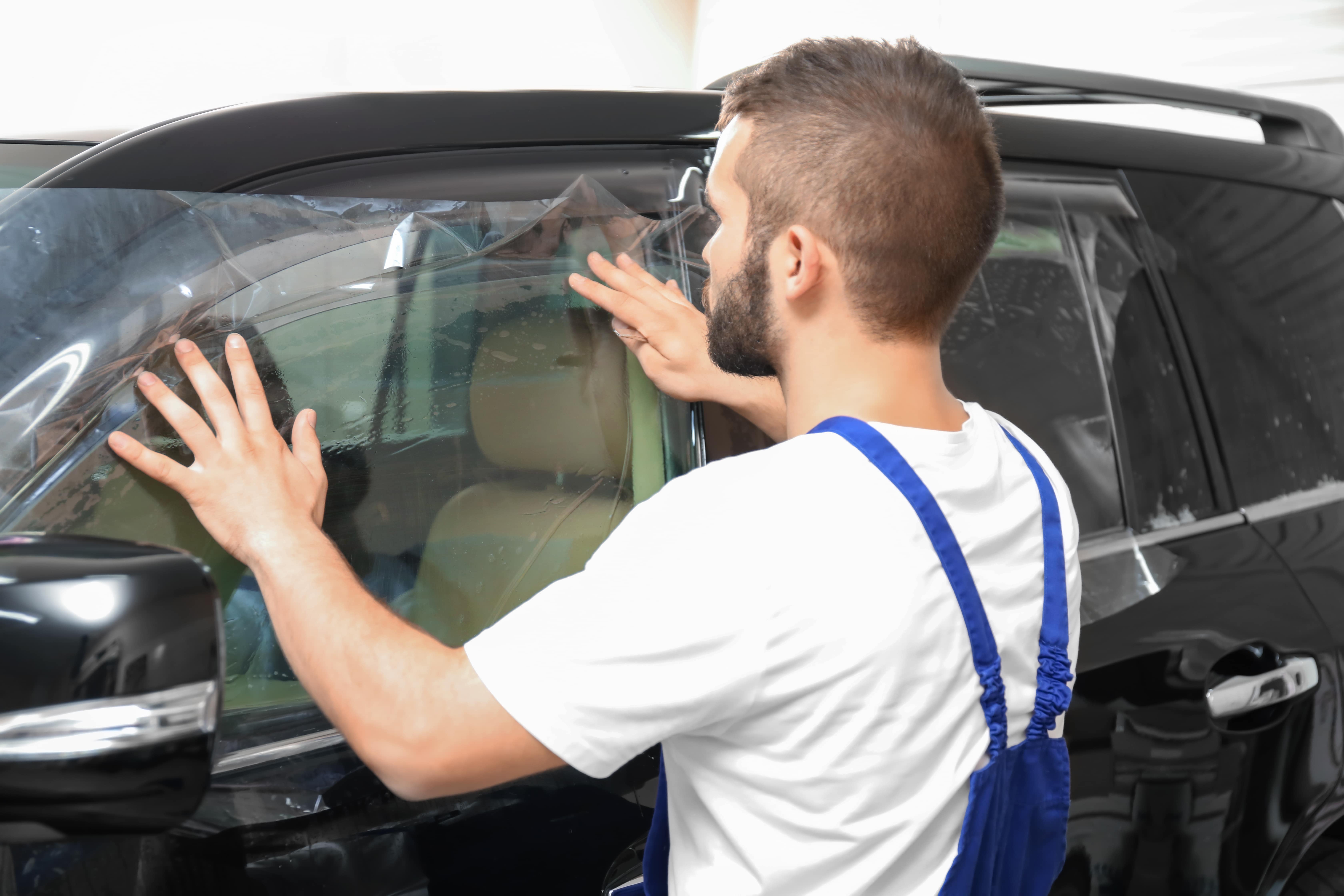Car Window Tint vs. Window Film: What’s the Real Difference?

Looking for privacy, a cooler ride, or just want your car to look sharp? You’ve probably seen both “car window tint” and “window film” mentioned everywhere. But what’s the actual difference—and does it matter when it’s time to upgrade? Let’s clear it up.
Car Window Tint vs. Window Film: Know the Basics
Most drivers think “tint” and “film” are interchangeable, but that’s technically not the case. Car window tint is a specific type of window film designed to darken your auto glass. Its main jobs: boost privacy, cut glare, reduce heat, and sharpen your car’s look. Window film is a broader term. It includes both clear and tinted products—some designed just for blocking UV rays, others for safety, or even for adding style. Here’s the big takeaway: All tints are films, but not all films are tints.
What Is Window Film?
Window film is customarily a thin, adhesive layered product that can be clear, colored, mirrored, or even decorative. Early versions were used for building windows, but now they’re common in cars, trucks, homes, and offices.
- Solar control films can block heat and UV rays.
- Security films can help to hold glass together if it breaks.
- Privacy films can make it harder for people to see inside.
- Decorative films can add a visual touch.
Some films are almost invisible, and can be built for protection with possibly zero changes to your window’s look. What’s the main thing to remember? Window film is the overall “category”, whereas, car window tint is just one “type.”
What Is Car Window Tint?
Car window tint is a window film made to darken your vehicle’s glass. Most drivers choose it for:
- Glare reduction from sunlight and headlights
- More privacy on the road
- UV protection for your skin and interior
- That clean, finished appearance
Modern tints can come in several styles and grades, and each one offers a different balance of performance and price.
Types of Car Window Tint Films
Choosing the right car window tint starts with knowing your options:
-
Dyed Window Tint:
Most affordable. Absorbs some heat and blocks glare, and may not be as durable as higher-end options.
-
Metalized Window Tint:
Mainly uses metal to reflect heat and UV. Great for performance, but MAY cause issues with GPS or cell signals, but only in a VERY rare situation.
-
Carbon Window Tint:
Offers excellent infrared blocking with a smooth, dark finish—typically no metal, so no signal interference can be greatly reduced.
-
Ceramic Window Tint:
Is mostly marketed as the gold standard for heat and UV blocking, with a clear view out. It can be the longest lasting and usually no impact on electronics.
Car Window Tint vs. Window Film: Which Is Right for You?
Not sure whether you need traditional car window tint or a different type of window film? Here’s what to know:
- Car window tint is made to darken your auto glass. It’s practically your best choice for privacy, heat and glare reduction, and a modern look.
- Other window films (like clear or security film) are designed for protection, shatter resistance, or UV-blocking—changing your car’s appearance. Which one fits your needs?
- Want maximum privacy and a cooler interior? You might consider a high-quality car window tint—ceramic or carbon can give top results; however, compare the Total Solar Energy Rejection (TSER) rating between ALL products.
- Prefer protection with a stock look? You may choose a clear window film for UV and heat rejection, but no visible shading.
- On a budget? Typically, Dyed tint provides shade and glare reduction at a lower price. The bottom line: Start with your goals, and do your homework—then pick the film that delivers on what’s most important to you.
Why Do Drivers Choose Car Window Tint?
Although most people use tint and film interchangeably, most mean window “tint.” Car window tinting is about much more than style. Here’s what can make it one of the most popular upgrades:
-
UV Protection:
Can shields your skin and keeps interiors from cracking or fading.
-
Temperature Control:
Can makes hot summer drives much more comfortable.
-
Glare Reduction:
Can cut eye strain and boosts safety.
-
Privacy & Security:
Can keep valuables out of sight and helps deter theft.
-
Shatter Resistance:
Can make some films boost the help to hold glass together after impact.
Don’t Overlook Tint Laws
Before you add car window tint, check your state and local laws. Many states set limits for how dark you can go, especially on the front side and windshield. Breaking these rules can lead to fines or MUCH worse for everyone. Want to stay legal and get the best results? That’s a big focus of our hands-on training programs.
Why Professional Installation Makes All the Difference
DIY kits exist, but it’s easy to get stuck with installation bubbles and peeling with the film itself, but worst, it can even be the unforeseen damage to the vehicle. Professional installation can mean an expert fit, zero streaks, and a finish that lasts for years—not months. Whether you’re just starting out tinting your own car and planning to own a window tinting business, Windowtinting.com, with our expert instructors, can teach real-world skills in order to you get the best results!
Ready to Take the Next Step?
Want to tint your own windows for a cooler, safer, and more comfortable drive? On the other hand, are you thinking about building a career in window tinting? Windowtinting.com is here to help. Explore our hands-on window tint training or e-learning, and learn how to choose, install, and care for your car window tint with confidence. If you’re ready to master car window tint for yourself, then contact us today andget your hands-on, or e-learning, training today!
